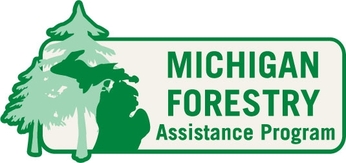Forestry News and Updates
APHIS: Update on eradication of Asian Longhorned Beetle -Click Here
|

|
Clare Conservation District
225 W. Main Street PO Box 356 Harrison Michigan 48625 Telephone: 989-539-6401 OFFICE HOURS Located in the Clare County Courthouse Open Monday-Friday 8 am - 4:30 pm The Conservation District is a field office. Call to verify someone will be in the office. |
OFFICE STAFF
Christiane Rathke District Administrator/Soil Erosion Agent [email protected] [email protected] (SESC) Toni Maize Spongy (Gypsy) Moth Coordinator [email protected] Joe Nash District Forester [email protected] Brandi Mitchell MAEAP Technician [email protected] |
Monthly Board Meeting
Location TBD 2nd Tuesday of every month @ 6:30pm Call the office 989-539-6401 ex 4 Any change to this schedule will be posted on this website Board of Directors John Kennedy-chairman Matt Todd Kelly Harrison Jeffrey Simons Benjamin Brown |
